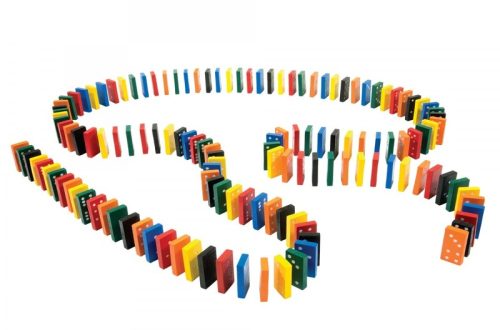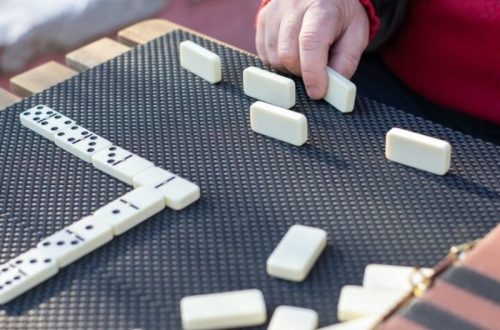A captivating game board serves two crucial purposes: it visually transports players into the game’s world and directly influences strategic decision-making. Crafting a successful board requires a balance between aesthetics and functionality, ensuring it’s both visually engaging and tactically rich. Let’s delve into four key aspects to consider when designing a board that elevates your game.
Part 1: Theme and Immersion

Art and Cohesiveness:
The artwork of the game board should immerse players in the thematic world of the game. It goes beyond simply depicting the setting; it is about encapsulating the essence and mood of the game. For example, in a space exploration game, the board’s artwork might feature a vast expanse of stars, conveying the awe-inspiring and expansive nature of the cosmos. Conversely, a detective game’s board artwork might portray a gritty cityscape shrouded in shadows, evoking a sense of mystery, suspense, and intrigue. Every aspect of the artwork, including the color palette, imagery, and iconography, should work harmoniously to reinforce the thematic identity, ensuring that players are fully absorbed in the game’s world. By integrating cohesive and evocative artwork into the game board, game creators can effectively transport players into the game’s thematic universe, enhancing their immersion and overall gaming experience.
Clarity and Readability:
While artistic design elements are crucial, it’s imperative to prioritize clarity in the game board’s layout. The primary goal is to ensure that players can effortlessly comprehend the board’s configuration and the information it presents. This is achievable by implementing clear iconography, distinct color-coding, and well-defined spaces that facilitate easy navigation. It’s important to avoid cluttering the board with excessive details that could hinder readability and create confusion. A visually overwhelming board can distract players and disrupt the flow of the game, thereby detracting from the overall experience. The ultimate aim is to provide players with a board that they can intuitively navigate, rather than one that requires them to spend valuable time deciphering a visually complex environment. By prioritizing clarity in the board’s design, game creators can enhance player engagement and ensure an enjoyable and seamless gaming experience.
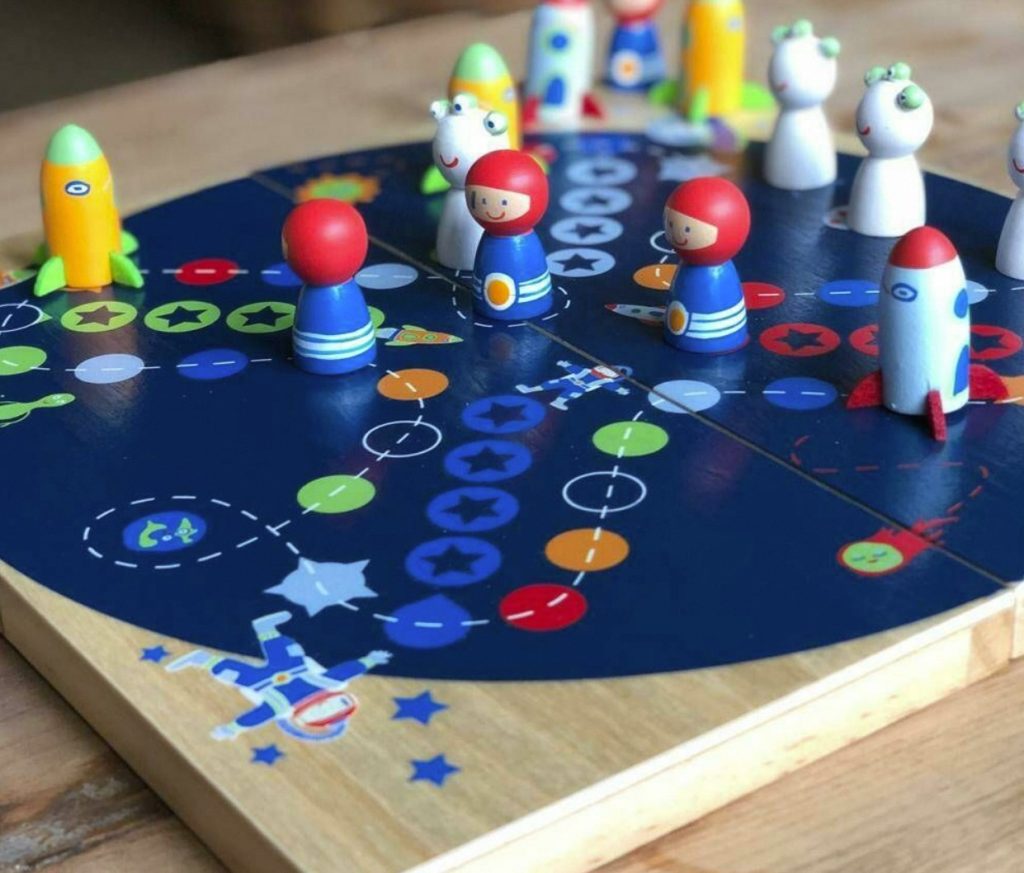
Part 2: Shaping Strategic Choices
Board Size and Player Scale:
The board’s dimensions should directly correlate with player count, game duration, and core mechanics. A sprawling board with diverse terrain might be ideal for a grand strategy game with numerous players, while a smaller, tightly focused board might suit a fast-paced tactical skirmish. Consider how players move (dice rolls, card draws, resource allocation) and design accordingly. A balanced board size allows for strategic troop movement, resource exploration, and creates a sense of tension and opportunity.
Interactive Elements:
Go beyond the flat surface and incorporate interactive elements to boost engagement. This could involve hidden compartments revealing bonuses, rotating sections that alter the game state, or modular tiles that allow for variable board setups. Imagine a fantasy board game where players traverse a modular landscape. Volcanic tiles might erupt, forcing players to reroute, while hidden forest tiles might conceal powerful artifacts. Interactive elements can introduce surprise, encourage player interaction, and promote replayability.
Part 3: Fostering Player Interaction
Direct vs. Indirect Conflict:
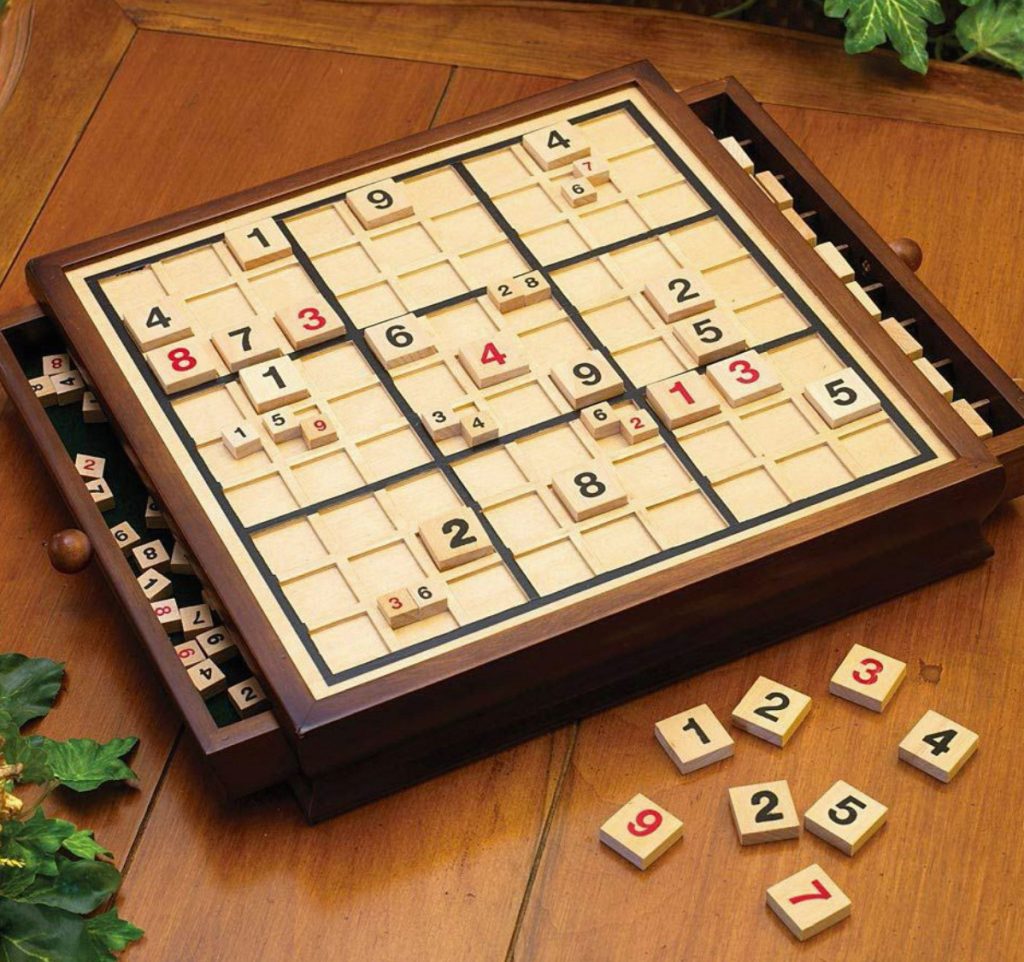
The design of the game board’s layout has a profound impact on shaping how players interact and compete within the game. Certain board layouts and configurations create distinct atmospheres for player interaction. For example, spaces on the board that allow players to land on and directly affect each other’s pieces, such as through stealing resources or initiating combat, can create a more confrontational and intense playing environment, encouraging direct player interaction and strategic decision-making. Conversely, a board design featuring separate lanes or circular tracks promotes a different kind of competition. In this setting, players may engage in indirect competition by racing to achieve specific goals or outmaneuvering each other for positional advantages, thereby introducing a different dimension of strategy and gameplay. Therefore, the layout and design of the game board profoundly influence the dynamics of player interaction and competition, significantly impacting the overall gaming experience.
The design of the game board influences player interaction by subtly guiding them towards strategic engagement. By incorporating elements such as shared resources, choke points (narrow passages that restrict movement), or converging paths, game creators can organically bring players together within the gameplay environment. These features naturally incentivize interaction, encouraging decision-making and strategic maneuvering as players navigate the board. Additionally, the strategic placement of goal locations can shape player movement and interaction. When victory hinges on reaching specific areas of the board, players will actively compete for control of these key locations and strategically position themselves to impede their opponents’ progress. Through these design considerations, the game board becomes a pivotal tool for promoting dynamic player interaction, strategic decision-making, and competitive engagement. Consequently, by thoughtfully integrating these elements into the board design, game creators can orchestrate a more immersive, strategic, and tactically engaging gameplay experience for the players.
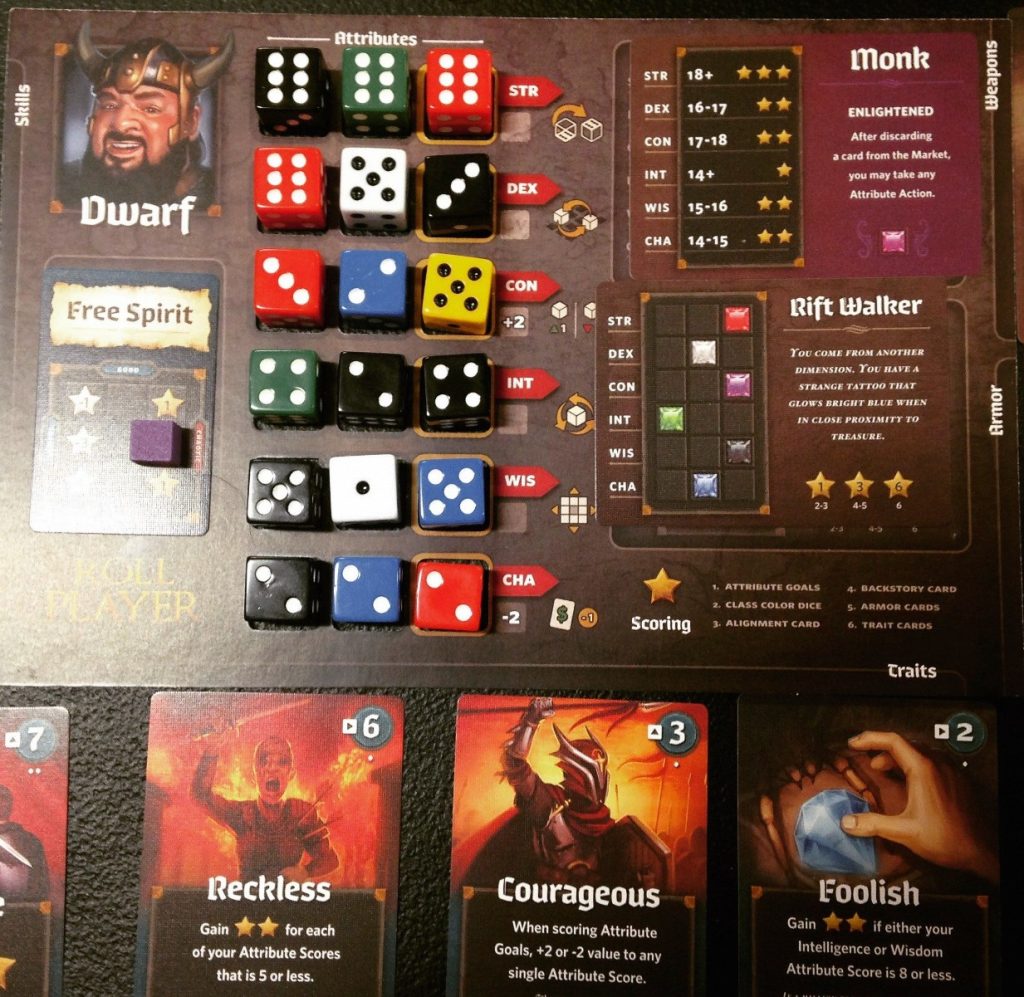
Part 4: Enhancing User Experience
Durability and Materials:
The choice of materials significantly impacts user experience. Cardboard is a popular choice for lighter games, but for games that will see frequent use, consider sturdier materials like wood or laminated boards. High-quality materials ensure the board remains visually appealing and functional over time. Imagine a beautifully illustrated board game where the board itself warps after a few plays. Investing in durable materials ensures the board becomes a cherished part of the game, not a disposable component.
Storage and Setup:
Factor in how players will store and set up the game. Will the board fold neatly? Do the components fit comfortably within the box? A well-designed board should be easy to store and deploy, minimizing setup time and maximizing playtime. Consider including trays or compartments within the box to keep game pieces organized and readily accessible. No one wants to spend half the game sorting through a chaotic box of components.

By thoughtfully considering these elements, you can design a game board that transcends its visual role. It becomes a dynamic tool, shaping strategic decisions, fostering player interaction, and ultimately enhancing the entire gameplay experience. Remember, a well-crafted board is not just a backdrop; it’s an active participant in the game itself, drawing players deeper into the world you’ve created.




